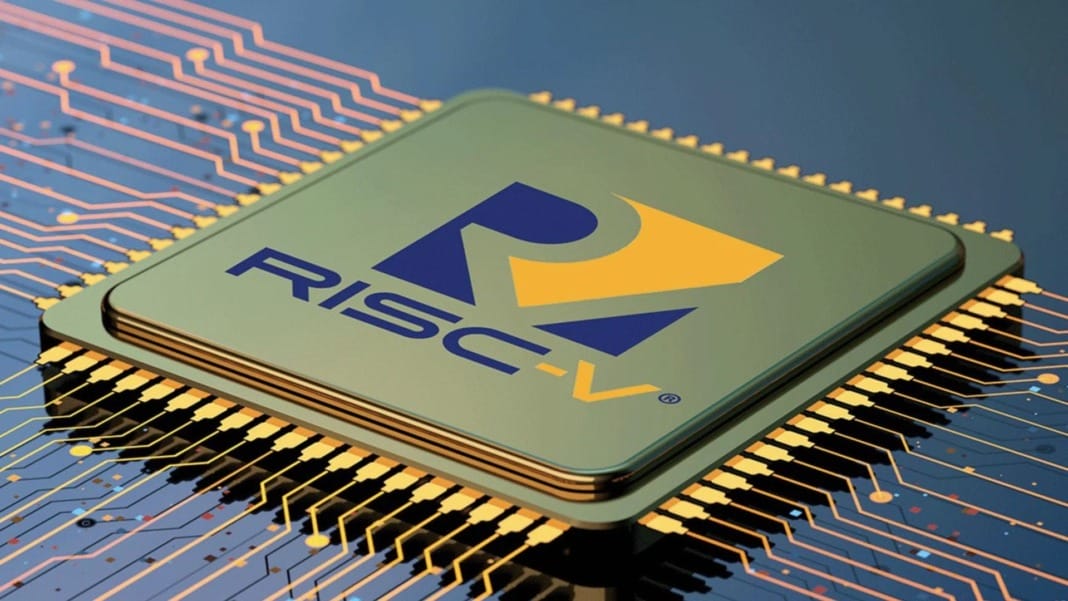Nvidia has announced plans to extend its CUDA software platform to support RISC-V processors, marking a significant endorsement of the open-source chip architecture increasingly favoured by China in its push for technological self-reliance.
Frans Sijstermans, Nvidia’s vice-president of hardware engineering, confirmed the development during the 2025 RISC-V Summit held in Shanghai last week. “We are porting CUDA to the RISC-V architecture,” he said, suggesting that RISC-V CPUs could eventually serve as the primary application processors in Nvidia systems. However, no specific timeline has been provided for the integration.
Exciting news from #RISCVSummitChina, as Frans Sijstermans from NVIDIA announces CUDA is coming to RISC-V! This port will enable a RISC-V CPU to be the main application processor in a CUDA-based AI system.#RISCV #RISCVEverywhere pic.twitter.com/08C2ghPHq9
— RISC-V International (@risc_v) July 18, 2025
Strengthening RISC-V in AI computing
The move represents a notable shift in Nvidia’s hardware strategy. Until now, CUDA has only supported two major chip architectures: x86, which dominates personal computing, and Arm, the widely used platform in smartphones developed by British firm Arm Holdings.
RISC-V, short for Reduced Instruction Set Computer (version five), is an open-source CPU architecture first developed in 2010 by the University of California, Berkeley. It allows anyone to use and modify the architecture without paying licensing fees, and it is currently maintained by RISC-V International, a non-profit organisation based in Zurich.
According to Sijstermans, Nvidia previously considered adding RISC-V support in 2022 but concluded that the technology was not yet mature. However, the situation has since changed. “In 2025, we see that RISC-V International ratifies at least 10 new specifications,” he said, highlighting how far the architecture has progressed.
Nvidia also disclosed that it now ships one billion RISC-V-based microcontrollers (MCUs) annually, underscoring its commitment to the platform. These MCUs are utilised in a wide range of applications, spanning from consumer electronics to industrial systems.
Implications for China’s self-sufficiency efforts
Nvidia’s support for RISC-V is widely seen as a boost for Chinese tech firms such as Alibaba Group Holding, which has been working to reduce dependence on foreign semiconductor technologies. As geopolitical tensions between the United States and China continue to affect the tech industry, open-source architectures like RISC-V have become a strategic focus for Beijing.
Alibaba, has made significant investments in RISC-V. In February, the company’s research division, Damo Academy, introduced the C930, a server-grade CPU that forms part of its XuanTie series. The new chip is designed for high-performance computing tasks. It is seen as a significant step in Alibaba’s effort to enhance its artificial intelligence capabilities, despite US-imposed restrictions on chip exports to China.
In the same month, Damo Academy unveiled plans for additional RISC-V processors tailored for specific high-tech applications. These include the C908X for AI acceleration, the R908A for automotive technology, and the XL200 for high-speed interconnection.
Qi Xiaogning, a vice-president at Alibaba overseeing the XuanTie series, offered an ambitious outlook at the RISC-V Summit. He predicted that by 2032, more than 20 billion high-performance system-on-a-chip (SoC) processors based on RISC-V would be produced annually, accounting for over 25% of the global SoC market.
As global chipmakers and national governments reassess their reliance on proprietary technologies, Nvidia’s move could help validate RISC-V as a serious alternative for advanced computing platforms, while simultaneously advancing China’s goal of technological independence.





